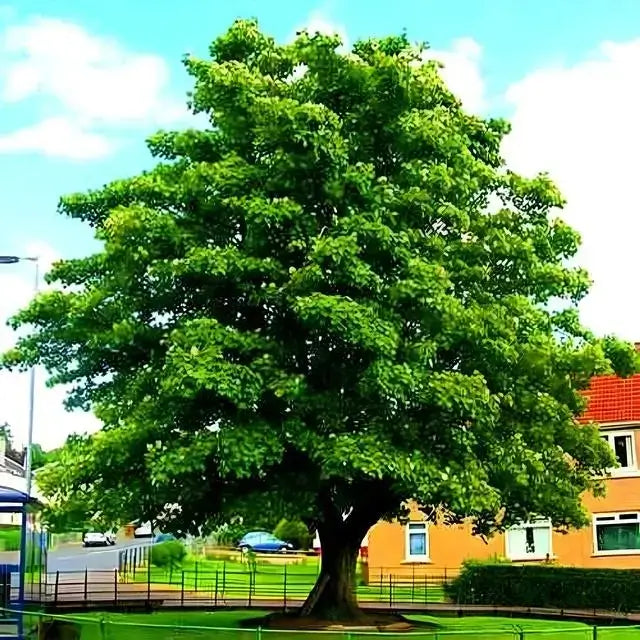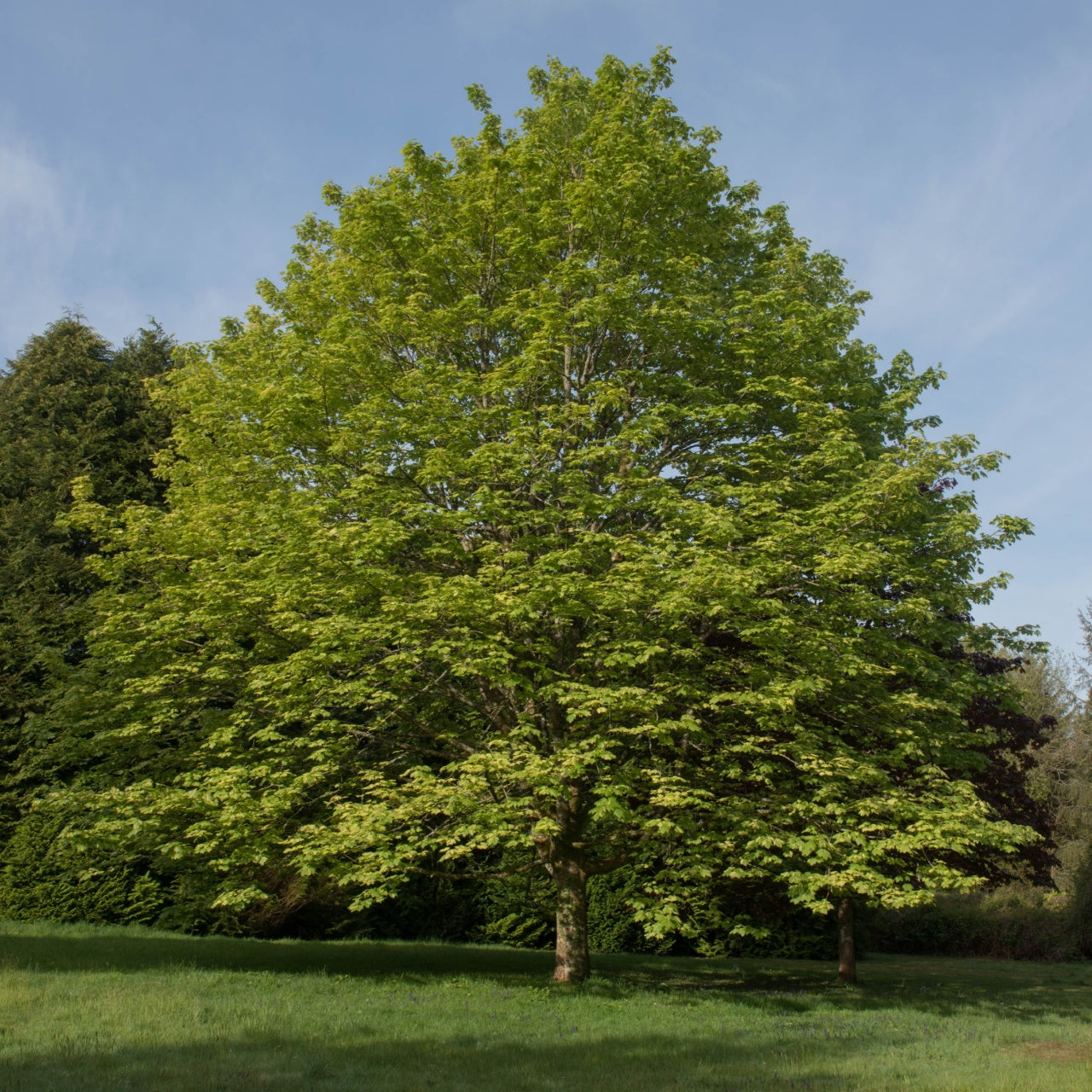American Sycamore Trees For Sale
The American sycamore, or Platanus occidentalis, is a tree native to the Western hemisphere and specifically to eastern North America. European settlers gave it its name because of the shape of its leaves, thinking it was related to the British sycamore. However, the trees aren't related.
The tree is a long-lived tree, up to 600 years old. Since this beautiful tree is tolerant of pollutants, it is regularly planted in urban parks and gardens. It's also a popular tree with residential landscapers because it grows so quickly, up to six feet a year.
Hardy Zones Where They Grow
The hardy trees does best in hardy zones 4 to 9, which means it can tolerate average extreme low temperatures. It prefers an area that gets full sun and can serve as a shade tree when it's mature.
Mature Height
The tree grows from 75 to 100 feet tall. Its trunk is bare and can be as much as 16 feet in diameter in older trees, though the usual diameter is 3 to 8 feet. The branches are widely spaced and form a broad, aesthetically pleasing crown.
One of the things that attracts people to the tree is its bark. It is grayish-brown and flakes off to reveal an inner bark of light brown or cream, lending the tree a pleasingly mottled look.
The dark green leaves are deciduous and shed every winter. They are palmate, 4 to 10 inches wide, and have three or sometimes five toothed lobes. The middle lobe is wider than long and separated at the base from the lobes on either side by wide, shallow incisions. In the autumn, the leaf turns a yellowish-brown before it falls.
Mature Width
The spread at maturity is about 75 to 100 feet, or about as wide as the tree is tall.
Soil Recommendations
The American sycamore is known for tolerating wet soil and tends to grow best near bodies of fresh water. It flourishes in cool, rich, and moist soils.
Bloom Color
The flowers of the American sycamore are insignificant. They are small, and since the tree is monoecious, there are male and female flowers. Eventually, the fertilized female flowers develop the famous fruiting ball, which can be about 1 3/8 inches around.
A better selling point for the American sycamore is the fall color of its leaves, which are an intense, buttery yellow speckled with brown.
Bloom Season
The bloom time is in April. The Sycamore Tree also tolerates deer, and being planted close to the black walnut tree usually poisons anything planted nearby. The tree is easy to grow and propagate by cuttings and seed. Place seeds in vermiculite or another seed-starting medium in a sunny window, and keep moist but not soggy. Transplant when the seedling sprouts a pair of "grown-up" leaves.
Exposure
Sycamore trees flourish in complete sun to partial shade, needing at least 4-6 hours of direct sunlight daily. They grow best in well-drained soils with ample sunlight, which supports their robust growth and development and ensures a healthy, long-lasting tree.
Height at Maturity
Over 25 Feet
Usage
Fast Growing
Shipped As
Bare-root
Ships
UPS
Planting Zones
4-9




